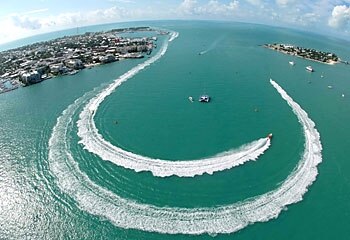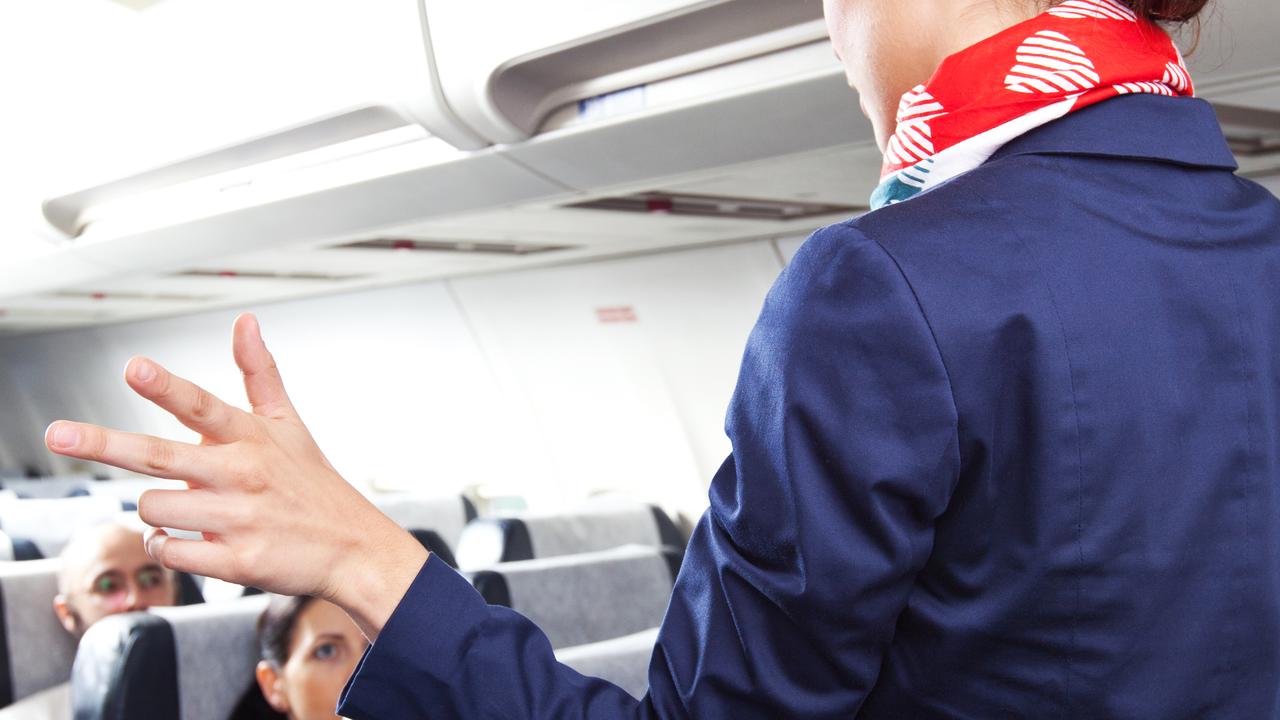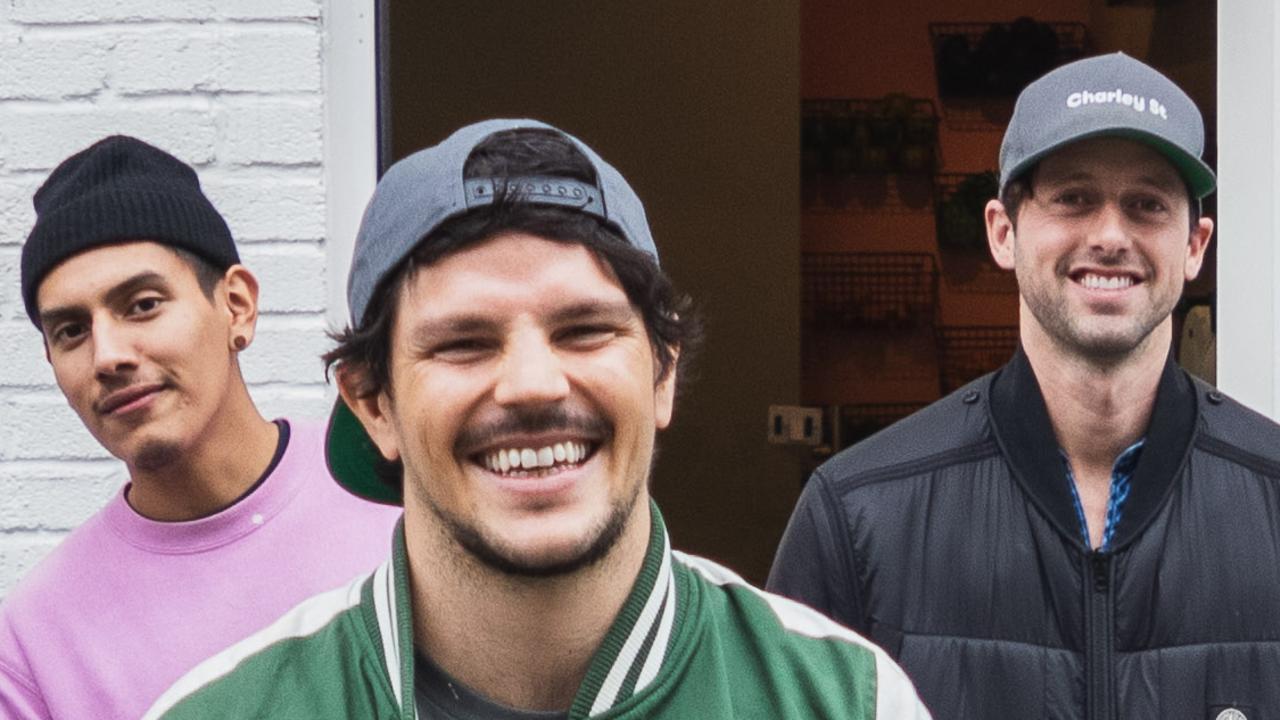Keys hold spirit of Hemingway
ON the road south of Miami, Veronica Matheson heads to the isolated coral islands of the Florida Keys, land of hurricanes and Hemingway.

THE car's packed, the radio tuned to a country-music station, and we're driving south of Miami to the Overseas Highway and the isolated coral islands of the Florida Keys.
Our destination is Key West, the most southerly spot in the US, where that larger-than-life novelist Ernest Hemingway held court in the 1930s.
Once on the Keys, the waters of the Gulf of Mexico lap the road on one side and the Atlantic Ocean rolls on to sparkling white sand on the other.
The waters are a balmy blue to match the warm, sunny days in this part of the world.
We have no particular stops in mind, but hurry has no place on this narrow ribbon of road tying together the skinny islands that make up the Keys.
"Key" is an Anglicised form of the Spanish "cayo" or cay: a small island, named by the first settlers who landed here in the early 16th century.
The surrounding coral reefs brought many a Spanish galleon to a watery end. Those wrecks are a big attraction for today's divers.
The Keys are hundreds of tiny islands, only 45 of them populated, that run from Key Largo in the North to Key West in the south. Those in between have evocative names such as Fiesta Key, Long Key, Conch Key, Duck Key, Grassy Key and No Name Key.
Life isn't always a breeze here; tropical hurricanes are a seasonal problem. One roared through in 1935, sweeping away the railroad that was the only link to the Florida mainland.
A highway replaced those rail tracks. Although most of that road is now superseded, many old bridges still stand as a reminder of yesteryear.
Now fishermen, not cars, use the old stretches, particularly beside the 11km bridge that spans the ocean between Marathon Key and Big Pine Key – a location for the Arnold Schwarzenegger and Jamie Lee Curtis movie True Lies.
Key West is all we expect it to be. The town is a touch quirky, and feels as though the clock has been turned back a few decades. This is no deterrent for the million-plus visitors who arrive annually.
No one turns an eye when a flamboyant woman walks down the main drag, Duval St, with a parrot perched on her shoulder. Minutes later, an Elvis impersonator passes, strumming a guitar – with fans, including a daggy dog wearing sunglasses, in tow.
Across the road, a convoy of Harleys roar to a stop to ask a pony-tailed man covered in tattoos which bar serves the best margaritas and the town's famous lime pie. Most do.
There's no shortage of Hemingway look-alikes here. Though the annual contest to find a match for the famed author was staged weeks ago, there's a lively trade in Hemingway T-shirts, posters, face masks – even Ernie burgers.
Hemingway lived in Key West for more than a decade in the 1930s. He wrote classic works such as A Farewell To Arms, Death In The Afternoon and To Have And Have Not on the ancient typewriter that still sits in the study of his southern-style mansion.
The house is open to the public, and visitors search for progeny of the cats that shared the house with Hemingway: they all have paws with six toes.
Hemingway wrote by day, and was a regular at Sloppy Joe's downtown bar at night if not away big-game fishing. When his second marriage broke up, he moved to the Cuban capital, Havana.
On a clear day it is almost possible to see Cuba, about 145km south of Key West and closer than the US mainland.
Few leave Key West without being photographed beside the brightly painted buoy that marks the southernmost point in the US. Nearby are the southernmost house and the southernmost motel.
Fresh seafood is plentiful here. So are conch fritters or chowder, with take-away a good idea if you're wandering down to the waterfront at Mallory Square as the sun sinks on the horizon and the sky changes through a rainbow of colours.
Kitsch reigns at dusk as tightrope-walkers, acrobats and fire-eaters perform, musicians play and others dance salsa.
Even so, don't miss the cemetery, which features tombstone epitaphs such as "I told you I was sick" and "At least I know where he's sleeping tonight".
Drivers who miss the scenery on the way down get a second chance on the way up, as there's only one, two-lane road through the Keys until mainland Florida City.
Addresses along the Keys coincide with mile markers (MM) on the Overseas Highway, beginning at MM 0 in Key West and finish at MM 126, just one mile south of Florida City. En route there are 40 bridges between countless islands that are often so narrow there's room for little but the road.
The writer was a guest of Qantas and See America



